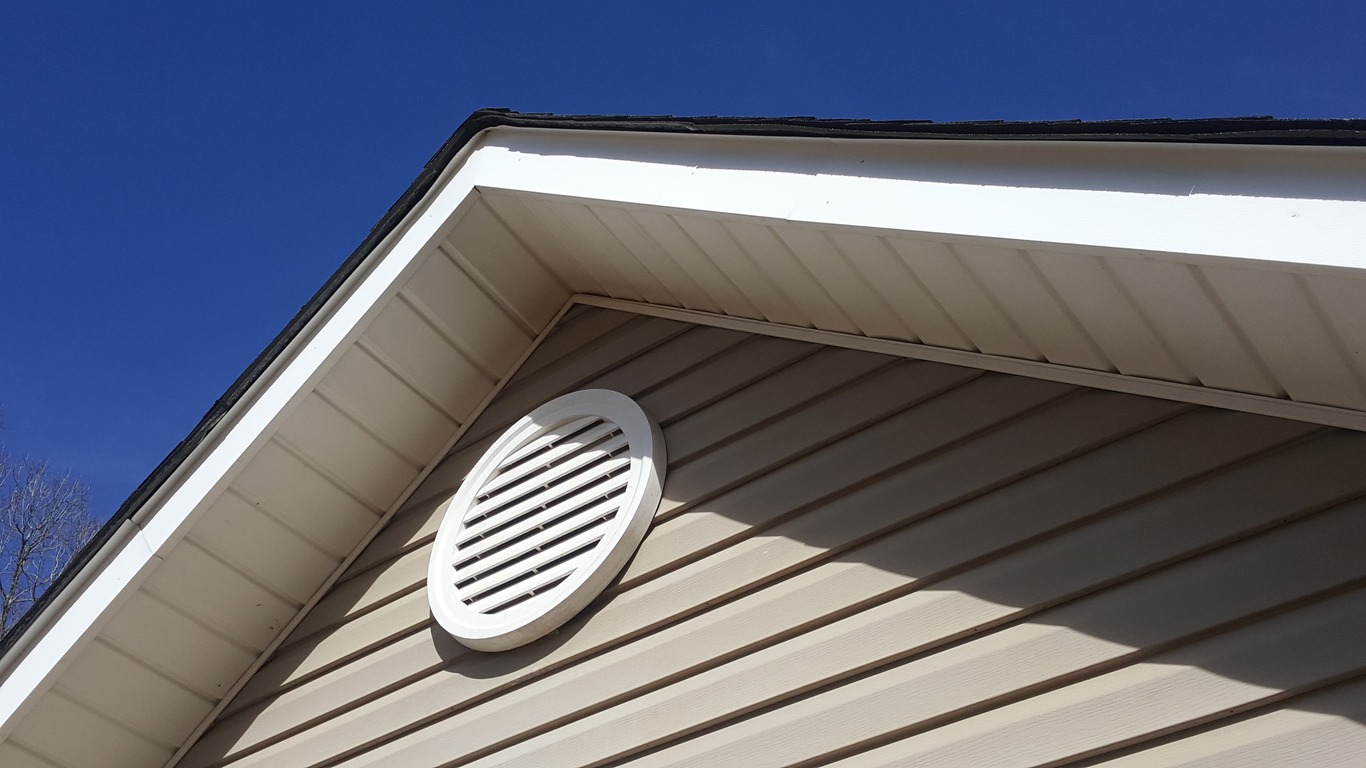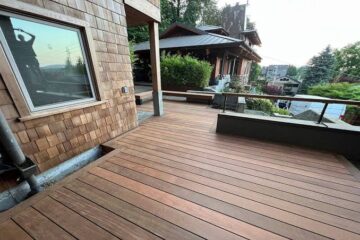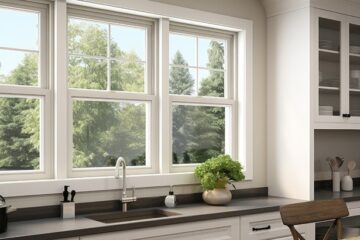Roof ventilation is a critical yet often overlooked aspect of home maintenance. Proper ventilation in your roof with the help of Bone Dry Roofing of Lafayette ensures that your home stays comfortable, energy-efficient, and free from damage caused by moisture and heat. We will explore the fundamentals of roof ventilation, its importance, and the various types of ventilation systems available, helping you make informed decisions about maintaining and improving your home’s ventilation.
Various aspects of Roof Ventilation
Roof ventilation allows air to flow through the attic space, which helps regulate temperature and moisture levels within the home. The primary components of a roof ventilation system include intake vents, typically located at the eaves or soffits, and exhaust vents, placed near the roof ridge. This setup creates a continuous airflow that helps remove hot, moist air from the attic, replacing it with cooler, drier air from outside. Proper ventilation balances the attic’s temperature with the outside environment, preventing the buildup of heat and moisture that can cause various problems.
- Preventing Moisture Build-Up
One of the key benefits of proper roof ventilation is the prevention of moisture buildup in the attic. Without adequate ventilation, moisture from daily activities such as cooking, bathing, and laundry can accumulate in the attic space. This moisture can lead to the growth of mold and mildew, which can cause structural damage to your home and pose health risks to your family. Additionally, moisture buildup can lead to wood rot, compromising the integrity of your roof structure. Proper ventilation can keep the attic dry, prevent moisture-related issues, and prolong the life of your roof and home.
- Regulating Temperature
Roof ventilation plays a significant role in regulating the temperature within your home. Heat can build up in the attic during the summer months, causing the temperature to rise significantly. This excess heat can transfer to the living spaces below, making your home uncomfortably warm and forcing your air conditioning system to work harder, leading to higher energy bills. In the winter, poor ventilation can cause warm, moist air from inside the home to rise into the attic, where it can condense on cold surfaces, leading to ice dams and other issues. Proper ventilation helps maintain a consistent temperature in the attic, reducing the strain on your HVAC system and improving energy efficiency.
- Extending Roof Lifespan
A well-ventilated roof can significantly extend the lifespan of your roofing materials. Excessive heat and moisture can cause shingles to deteriorate prematurely, leading to curling, cracking, and eventual failure. This compromises the integrity of your roof and results in costly repairs or replacements. Ensuring proper ventilation can reduce the risk of heat and moisture damage, preserving the condition of your shingles and other roofing materials. This proactive approach helps protect your investment and ensures that your roof lasts as long as possible.
- Types of Roof Ventilation Systems
Several types of roof ventilation systems are available, each with advantages and applications. The most common types include ridge vents, soffit vents, gable vents, and turbine vents. Ridge vents are installed along the roof’s peak and provide continuous ventilation along the ridge line. Soffit vents are under the eaves, allowing cool air to enter the attic. Gable vents are placed on the exterior walls of the attic and can provide additional airflow. Turbine vents use wind power to enhance ventilation, spinning to create a vacuum that draws hot air out of the attic. Understanding the different types of ventilation systems can help you choose the best option for your home.
- Energy Efficiency and Cost Savings
Proper roof ventilation can lead to significant energy efficiency and cost savings for homeowners. By regulating the temperature in the attic, ventilation helps reduce the workload on your HVAC system, lowering your energy consumption and utility bills. In the summer, a well-ventilated attic stays cooler, reducing the need for air conditioning. In the winter, proper ventilation prevents the buildup of warm, moist air that can lead to ice dams and increased heating costs. Investing in a good ventilation system is a cost-effective way to improve your home’s energy efficiency and reduce long-term expenses.
- Improving Indoor Air Quality
Indoor air quality is an important consideration for the health and comfort of your family. Poor ventilation can lead to the buildup of pollutants, allergens, and moisture in your home, negatively impacting indoor air quality. Proper roof ventilation helps to expel stale, polluted air from the attic and replace it with fresh air from outside. This continuous exchange of air helps reduce the concentration of indoor pollutants, promoting a healthier living environment. By ensuring adequate ventilation, you can improve the air quality in your home and create a more comfortable and healthy space for your family.
Conclusion
Understanding the importance of roof ventilation is essential for maintaining your home’s health, efficiency, and longevity. Proper ventilation prevents moisture buildup, regulates temperature, extends the lifespan of roofing materials, and improves energy efficiency and indoor air quality. Choosing the right ventilation system and ensuring it is properly installed and maintained can protect your home from damage, reduce energy costs, and create a healthier living environment. Investing in roof ventilation is a proactive step towards preserving your home’s value and ensuring the comfort and safety of your family.
Stay in touch to get more news & updates on discovertribune.org!




